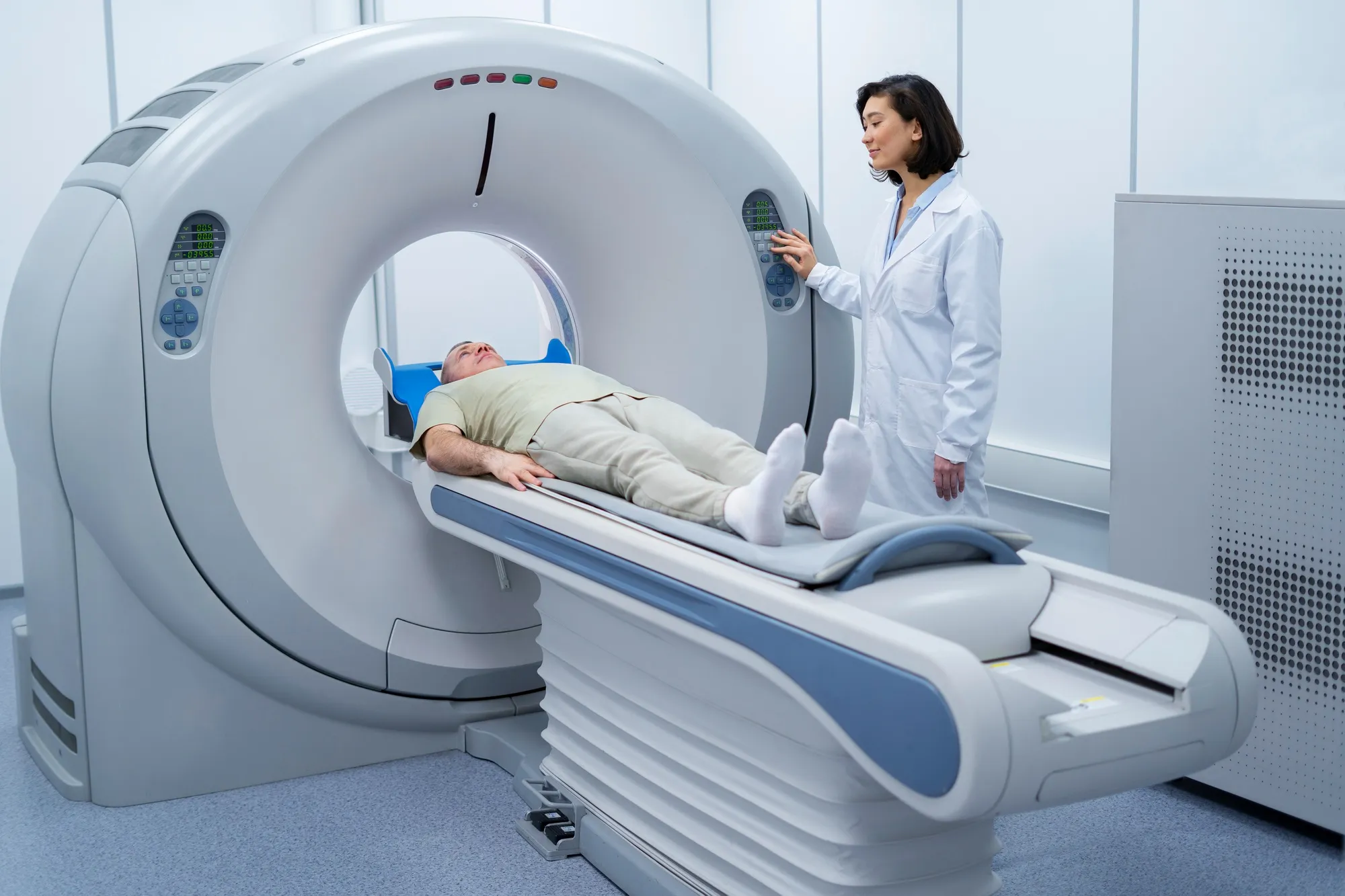Magnetic Resonance Imaging (MRI) has revolutionized medical diagnostics over the past few decades, offering a non-invasive method for visualizing the body’s internal structures. However, the slow speed of image acquisition has been a limiting factor, often making MRI scans time-consuming for both patients and healthcare facilities. That is until the advent of the simultaneous multi-slice (SMS) technique. A groundbreaking acceleration methodology has emerged as a crucial factor in streamlining MRI examinations, enhancing patient throughput, and refining diagnostic precision.
A recent review published in Academic Radiology takes a deep dive into the clinical applications and latest advances of SMS in the world of accelerated MRI. Authored by a team of experts from the Department of Radiology at West China Hospital of Sichuan University – Zhang Yiteng, Ye Zheng, Xia Chunchao, Tan Yuqi, Zhang Meng, Lv Xinyang, Tang Jing, and Li Zhenlin – the paper not only elucidates the technical foundations of SMS but also forecasts its potential trajectory in clinical settings.
Understanding Simultaneous Multi-slice MRI
The SMS technique represents a seismic shift in MRI technology. Traditional MRI protocols capture images one slice at a time. Conversely, SMS leverages multi-band radio-frequency pulses to excite multiple slices simultaneously, thereby encoding them in parallel. This method drastically reduces the acquisition time, redefining the concept of ‘fast imaging’ in the MRI arena.
According to the review’s DOI: 10.1016/j.acra.2023.12.032, simultaneous imaging is achieved through intricate patterns of data collection that are then reconstructed using advanced algorithms. This innovation in radio-frequency pulse application and data processing not only accelerates imaging but also improves spatial resolution, making MRI a more potent diagnostic tool.
Sharpening the Edge of Disease Diagnosis
The enhanced spatial resolution that SMS offers is invaluable in diagnosing a range of diseases. From the intricate neural pathways in the brain to the delicate structures of the musculoskeletal system, SMS enables radiologists to discern details that were previously challenging or time-consuming to capture.
SMS is particularly transformative in functional MRI, where time is of the essence in capturing dynamic physiological processes, such as brain activity in response to stimuli. By providing quicker snapshots with greater detail, clinicians can make more informed decisions about patient treatment plans and prognoses.
The Dawn of a New Era in MRI
The potential of SMS extends beyond just improving the current practices. As the researchers at West China Hospital of Sichuan University note, the future developments in SMS could lead to innovations in the field of MRI that are not yet conceived. Potential enhancements to the technique could take image quality, patient comfort, and diagnostic accuracy to unprecedented levels.
Overcoming Challenges and Looking Ahead
Despite the promise SMS holds, the authors acknowledge certain technical challenges that remain to be addressed—for example, dealing with potential artifacts introduced by simultaneous slice excitation and ensuring that the algorithmic reconstruction of images remains computationally feasible.
The review underscores the necessity of continued research into optimizing SMS technology. This involves refining the algorithms used in the reconstruction process and further enhancing compatibility with various MRI systems and protocols.
Clinical Applications & Future Research Directions
The authors explore the widening array of SMS’s clinical applications, from its pioneering use in neuroimaging to promising advances in breast and abdominal imaging. They predict that ongoing technical progress and research could open new frontiers for SMS, perhaps paving the way for its integration into standard protocols across MRI specialties.
Key Takeaways and Practical Implications
This comprehensive review serves as a beacon for healthcare professionals, guiding the integration of SMS into clinical practice. The implications are massive: faster scans could mean reduced waiting times and increased patient comfort. Furthermore, the increased diagnostic capabilities provided by SMS could lead to early disease detection and improved management strategies, ultimately contributing to better patient outcomes.
References
1. Zhang, Y., Ye, Z., Xia, C., Tan, Y., Zhang, M., Lv, X., Tang, J., & Li, Z. (2024). Clinical Applications and Recent Updates of Simultaneous Multi-slice Technique in Accelerated MRI. Academic Radiology. DOI: 10.1016/j.acra.2023.12.032
2. Setsompop, K., et al. (2012). Blipped-controlled aliasing in parallel imaging for simultaneous multislice echo planar imaging with reduced g factor penalty. Magnetic Resonance in Medicine, 67(5), 1210-1224. DOI: 10.1002/mrm.23097
3. Feinberg, D. A., & Setsompop, K. (2013). Ultra-fast MRI of the human brain with simultaneous multi-slice imaging. Journal of Magnetic Resonance, 229, 90-100. DOI: 10.1016/j.jmr.2013.02.002
4. Barth, M., Breuer, F., Koopmans, P. J., Norris, D. G., & Poser, B. A. (2016). Simultaneous multislice (SMS) imaging techniques. Magnetic Resonance in Medicine, 75(1), 63-81. DOI: 10.1002/mrm.25897
5. Larkman, D. J., & Nunes, R. G. (2007). Parallel magnetic resonance imaging. Physics in Medicine and Biology, 52(7), R15-R55. DOI: 10.1088/0031-9155/52/7/R01
Keywords
1. Simultaneous Multi-slice MRI
2. Accelerated MRI Technological Advances
3. Fast Imaging in MRI
4. Clinical Applications of SMS
5. MRI Efficiency and Patient Throughput
As advancements in MRI technology continue to evolve, SMS is poised to play a pivotal role in the transformation of medical imaging. Not only does it promise to make MRI procedures more efficient, but it also offers the potential for earlier and more precise disease detection, ultimately improving the quality of patient care. The research from West China Hospital of Sichuan University holds exciting implications for the future, suggesting that we are on the cusp of a new era in medical diagnostics.
